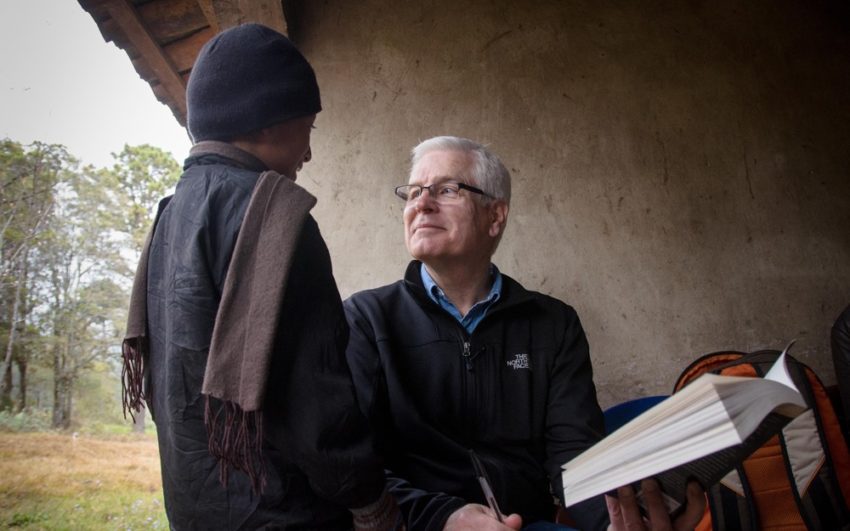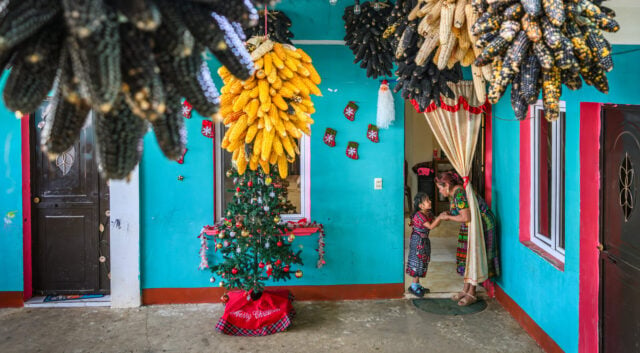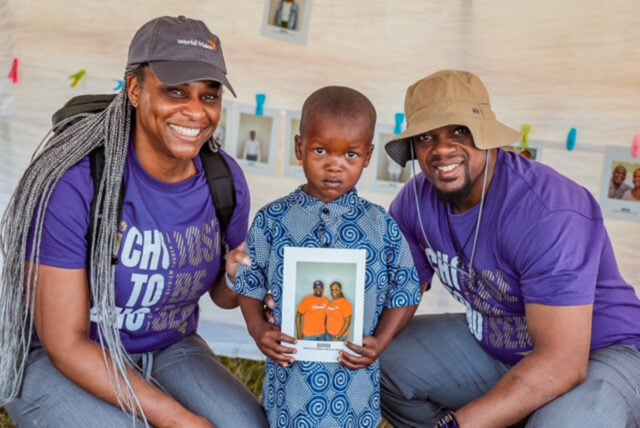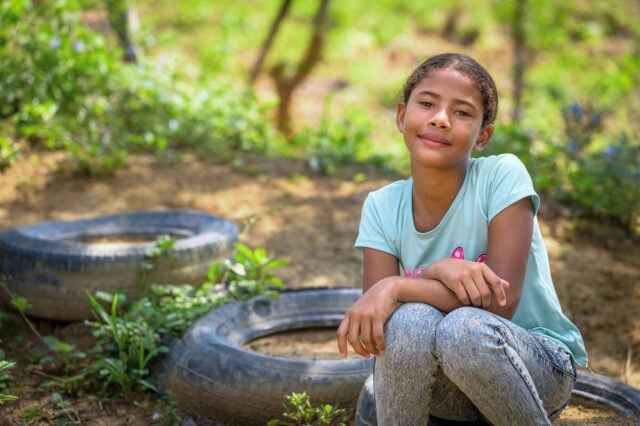This might surprise you: Poverty isn’t just about lacking things.
When we think about helping the poor, we usually think about tangible things — clean-water wells, schools, health clinics, bed nets to prevent malaria, or agricultural inputs like hybrid seeds or irrigation systems. I like to refer to these as the “hardware” of development. Providing a community with these assets is an important part of addressing poverty.
However, poverty is more complex than the things — the hardware — that a community is lacking. After all, there is no place on earth with more stuff than we have in the U.S., and yet poverty exists here too.
Poverty isn’t just what you have in your hands; it is also about what is in your head. Poverty encompasses how we think about our future and our hopes and dreams. It is about knowledge, behavior, and cultural practices. You see, people often live in poverty because they don’t have access to the relationships, education, and value systems that can help them move beyond poverty.
The righteous will flourish like a palm tree, they will grow like a cedar of Lebanon; planted in the house of the Lord, they will flourish in the courts of our God.—Psalm 92:12-13
Here is where the World Vision “software” comes in. I like to say that this is World Vision’s “secret sauce.”
In addition to the hardware we might bring to people, the software provides the kinds of things that help a community improve its knowledge base and opportunities for the future. These include activities like community groups, farmers’ co-ops, advocacy, savings groups, education committees, and youth leadership programs.
And then there’s the most powerful software of all: the human transformation that occurs when people have a saving relationship with Jesus Christ, which changes lives from the inside out.
World Vision’s software makes the hardware function by fostering a flourishing community where people work together and local leaders promote the best interests of all. The thriving community keeps the school running, the well pumping, and the health clinic staffed and stocked with supplies.
All of these software strategies provide the foundation a community needs to leverage its hardware assets. The hardware and software solutions together are incredibly powerful in changing the lives of the poor.
It’s a “one plus one equals 10”‑kind of equation that helps people lift themselves out of poverty as they develop well-functioning communities with institutions able to bring people together in a positive way.
These are the things I saw at work when I visited the community in Honduras where 12-year-old Selvin lives. Once poor and with little hope, Yamaranguila is now bustling with life and optimism.
Children who graduated from leadership development programs are engaged in school and participating at all levels in their community with their own vision for the future. Even meetings about farming or child health begin with prayer and Bible reading — often led by the children. Bible study groups flourish across the community.
The people of Yamaranguila now have the dignity of helping their community thrive, knowing they are the ones working together to create a new and better future.
World Vision will soon be able to leave Yamaranguila knowing the Bible studies and other community groups will continue, and the people will be able to address new challenges on their own. In essence, we will have worked ourselves out of job.
The software makes our work sustainable. When we leave, the community will have the tools it needs to continue to move forward in the right direction. Though we often part with tears, we know that the hardware and software World Vision and child sponsors brought into a community will remain behind and continue working.
World Vision U.S. President Rich Stearns is the author of The Hole In Our Gospel and Unfinished. Follow him at twitter.com/richstearns.




